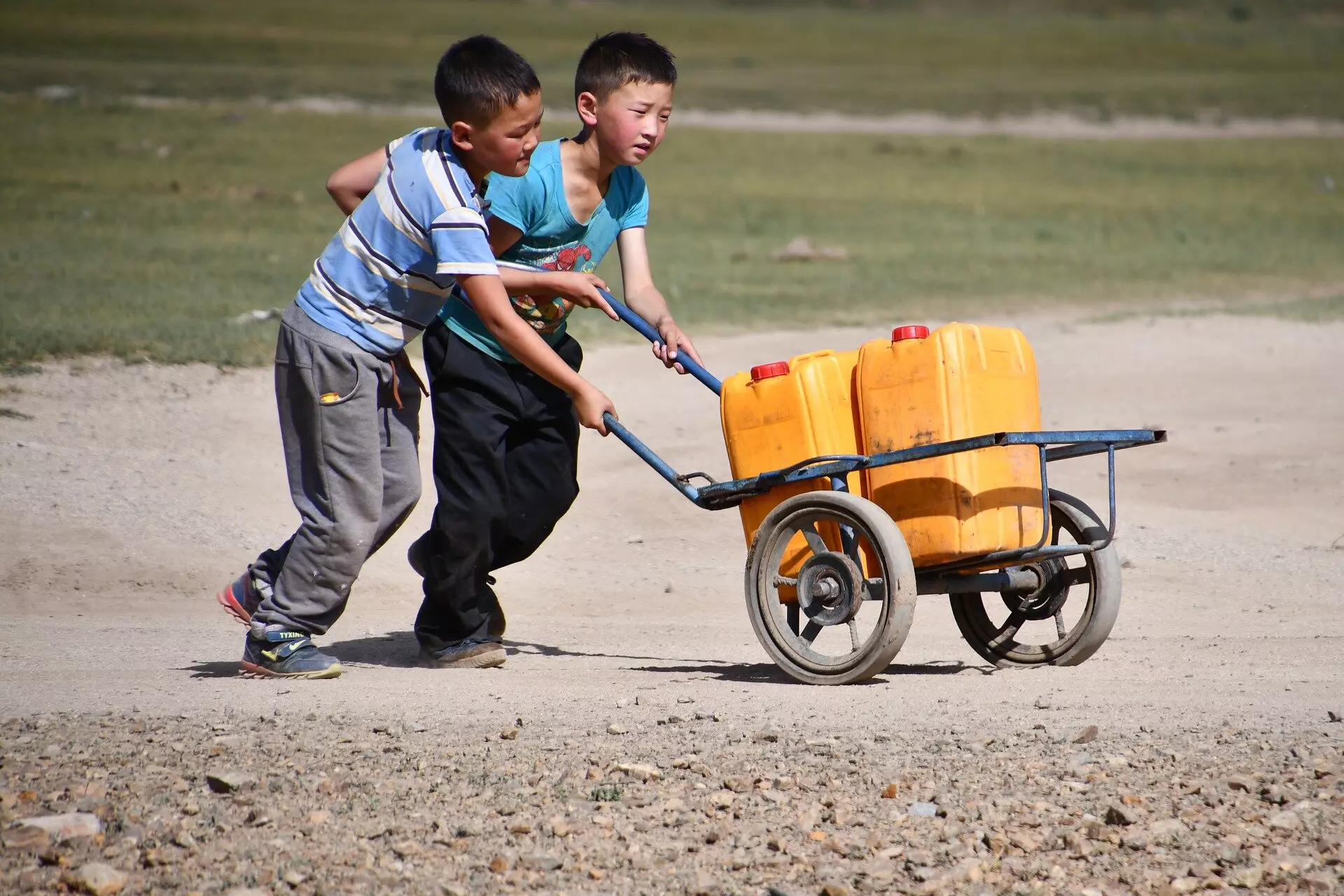Water scarcity is a growing concern that will be exacerbated by climate change and socioeconomic factors, especially impacting populations in the Global South. A recent study conducted by Utrecht University and published in Nature Climate Change sheds light on the impending clean water crisis facing the world.
As of now, 55% of the global population lives in areas that lack access to clean water for at least one month per year. This number is projected to rise to 66% by the end of the century, signifying a significant increase in water scarcity worldwide.
While global water scarcity is expected to intensify in the future, it is important to note that these changes will not be uniform across all regions. Western Europe and North America may experience more acute water scarcity during certain months, driven primarily by water quantity issues. On the other hand, developing countries in the Global South will face more widespread and persistent water scarcity due to a combination of factors such as rapid population growth, economic development, climate change, and deteriorating water quality.
Despite the critical importance of water quality for safe consumption and use, it is often overlooked in water scarcity assessments. Many previous studies have focused solely on water quantity, neglecting the equally important aspect of water quality. The inclusion of water quality considerations in future assessments and management strategies is crucial for addressing the water scarcity crisis effectively.
The lack of clean water not only poses a significant risk to human health but also threatens ecosystems worldwide. As the demand for water continues to rise and water resources become increasingly strained, it is imperative that we prioritize sustainable water management practices and address water quality issues in tandem with water quantity concerns. The global water crisis is real, and it is time for us to take decisive action to secure a clean and abundant water supply for future generations.


Leave a Reply